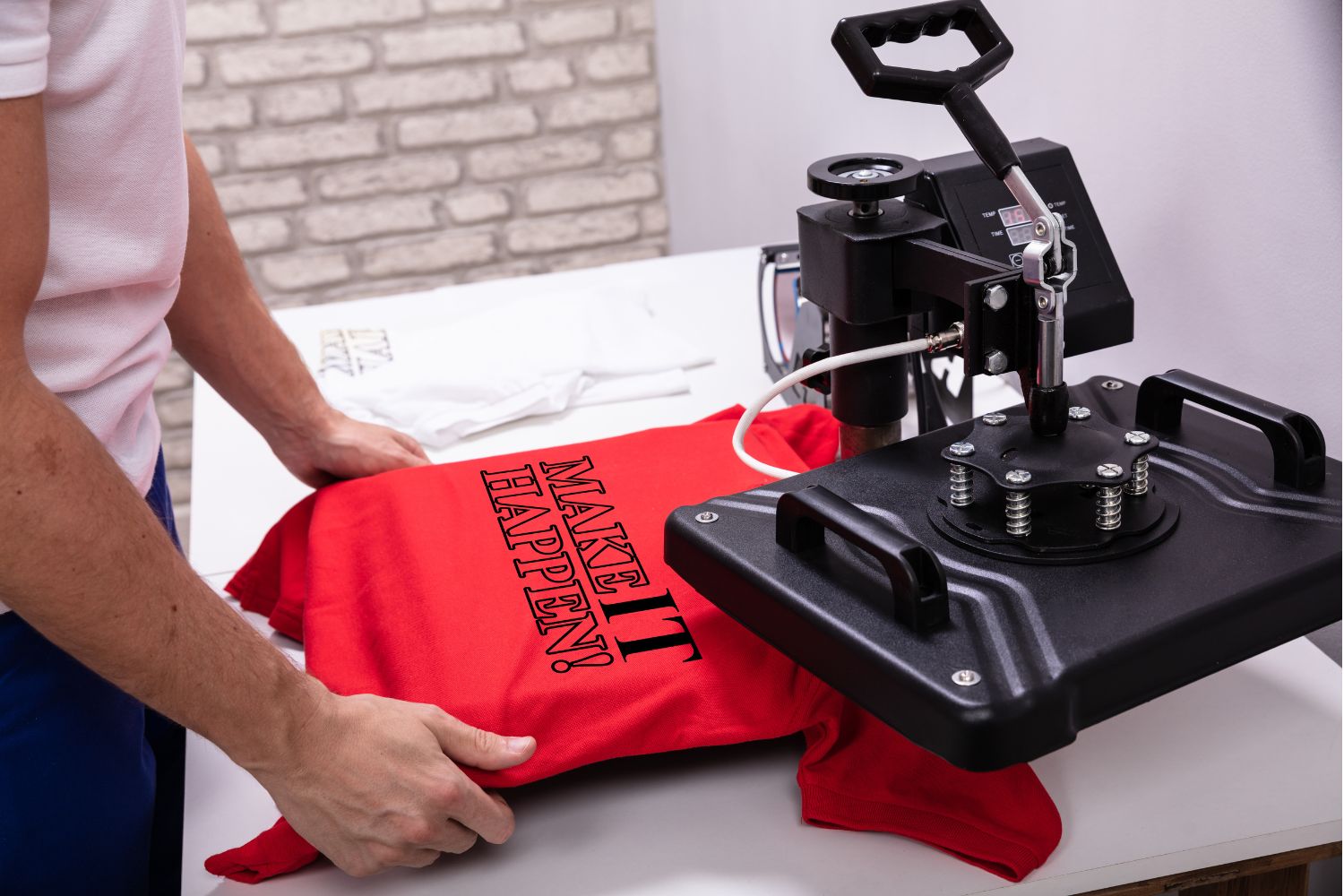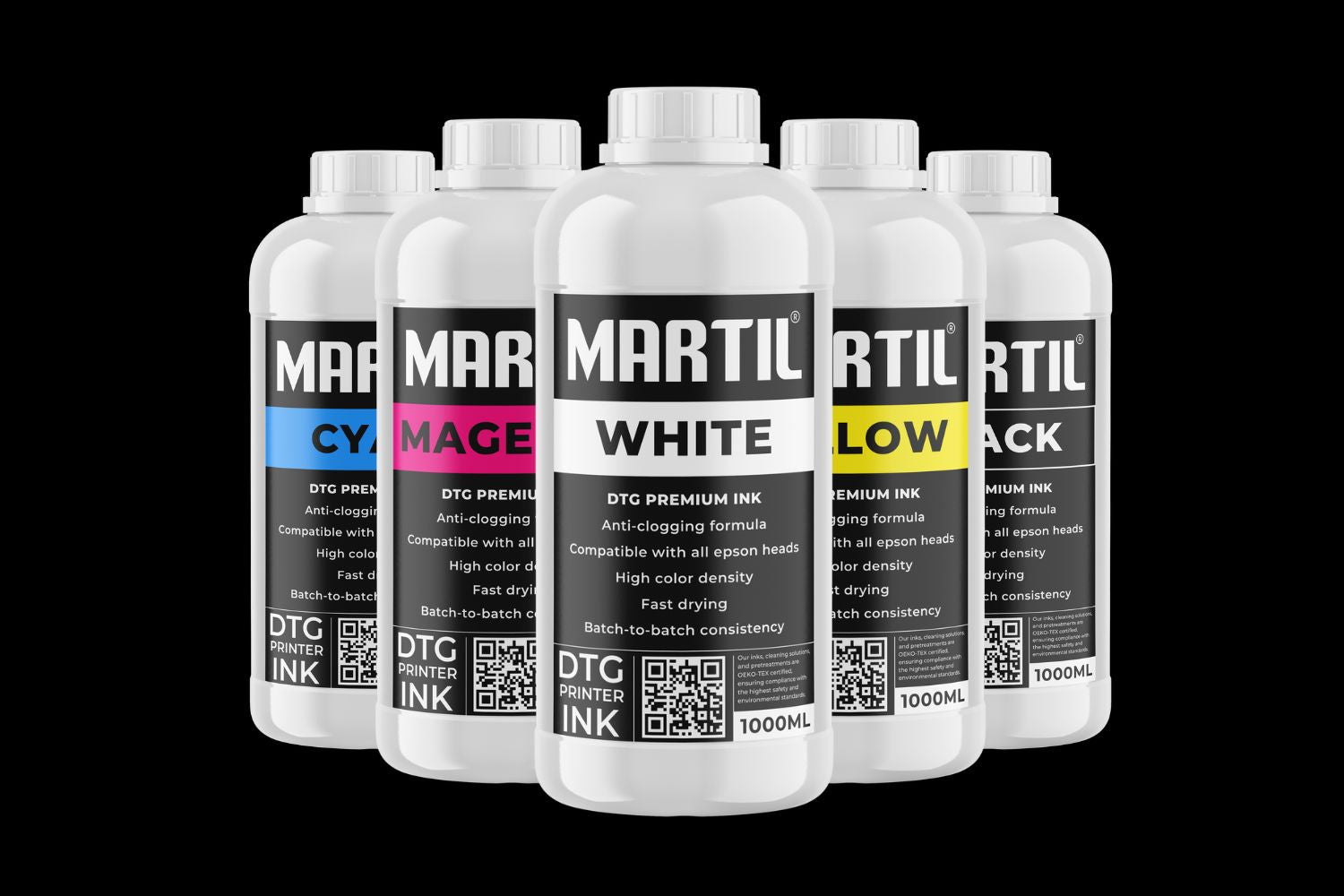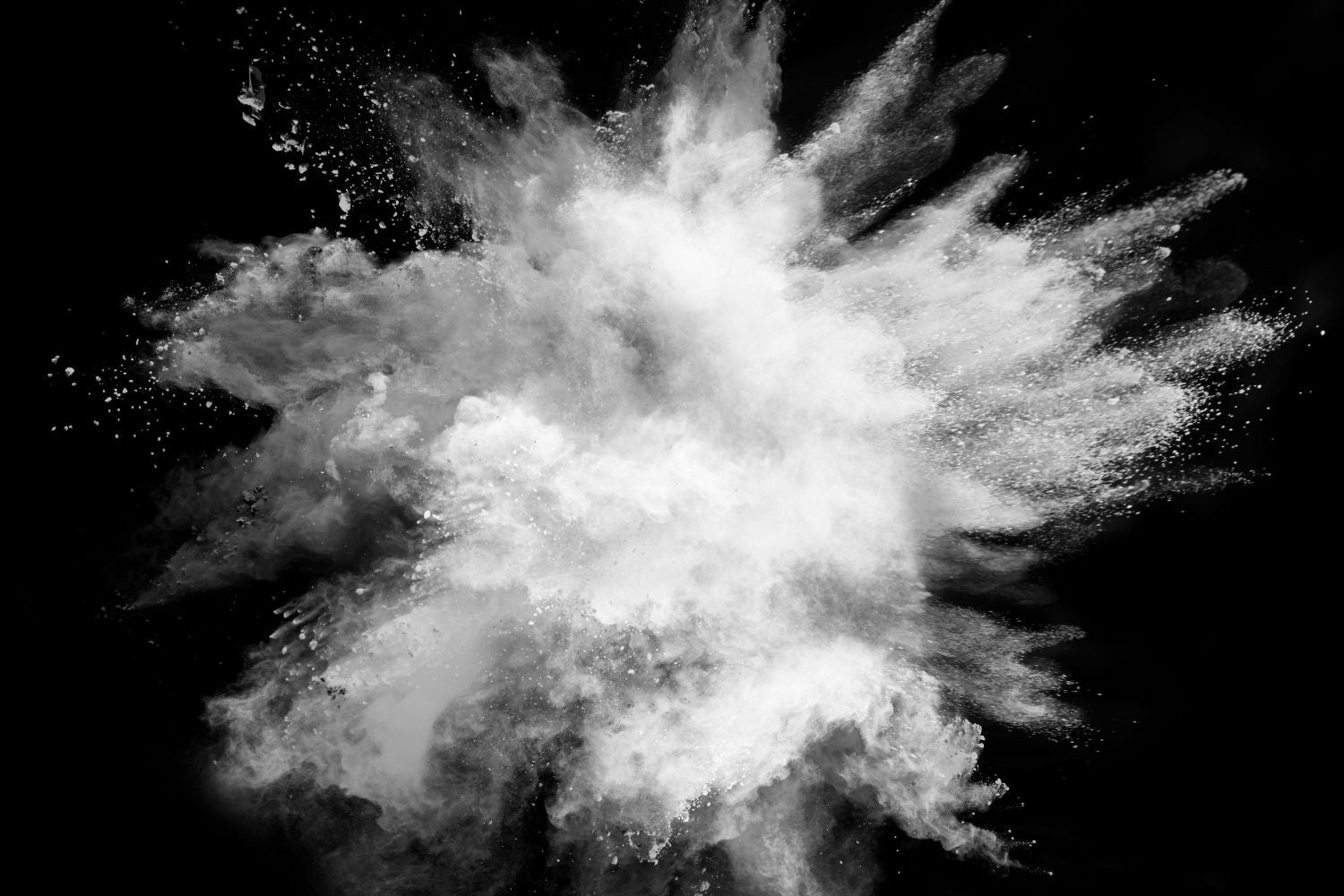Introduction
DTF (Direct To Film) printing is a revolutionary solution for textile personalization, offering vibrant colors and impressive flexibility. However, not all textiles react equally to transfer. While cotton and traditional blends absorb ink well and facilitate film adhesion, other materials such as leather, polyester, and nylon pose more challenges. Poor adhesion, warping under heat, and prints that deteriorate quickly are common problems when using DTF printing on difficult textiles .
Leather, for example, doesn't have a porous surface, making it difficult for ink and adhesive powder to adhere. Polyester, on the other hand, is sensitive to heat and can cause an unwanted sublimation effect, resulting in warping or color change. Finally, nylon, often used for technical or waterproof clothing, has a texture that repels traditional inks and requires specific adjustments to ensure a clean and lasting finish.
So, how do you successfully print DTF on difficult textiles while ensuring perfect transfer adhesion? In this article, we'll explore all the practical tips that will help you optimize your printing process on leather, polyester, and nylon. You'll discover the right settings, the best techniques, and the mistakes to avoid to maximize the quality and durability of your prints.
👉 Get flawless prints on all types of textiles with our complete range of DTF supplies !
Successful DTF printing on leather: adhesion and durability
Why is leather a challenge for DTF printing?
Unlike traditional textiles, leather has a smooth, non-porous surface, making transfer adhesion more difficult. Without proper preparation, the print may not last over time or may flake off after the first few uses.
Techniques to improve DTF transfer adhesion on leather
- Pre-treatment : The application of an adhesion primer increases the porosity of the leather and improves the fixation of the DTF film.
- Correct temperature and pressure : Excessive heat can burn the leather, while excessive pressure can distort the material. Pressing between 130 and 150°C for 10 to 15 seconds is recommended.
Tips to prevent leather transfer from peeling
- Cool before removing the film : To prevent the print from coming off immediately, allow the leather to cool completely before removing the transfer film.
- Using a protective varnish : A clear top coat can be applied to ensure better wear resistance.
DTF printing on polyester: avoid sublimation and improve fixation
Why is polyester a difficult textile for DTF printing?
Polyester is often used for sportswear and technical textiles. Its main difficulty lies in its reaction to heat , which can cause a sublimation effect altering the colors and the durability of the transfer.
👉 Avoid common mistakes with our polyester-friendly DTF ink .
How to avoid color migration and ghosting on polyester?
- Lower temperature : It is recommended not to exceed 140°C when pressing to avoid migration of pigments from the textile to the DTF ink.
- Using a special polyester film : Some DTF films are designed to limit color migration and improve fixation.
Optimal settings for good adhesion on polyester
- Medium pressure : Too much pressure can create visible marks on the fabric.
- Pre-pressing the textile : Removing excess moisture before applying the transfer helps improve fixation.
Achieving Effective DTF Printing on Nylon: Managing Adhesion
Why does nylon complicate DTF printing?
Nylon is a synthetic fabric often used for waterproof or technical clothing. Its smooth, water-repellent surface prevents the traditional adhesion of DTF inks and powders.
How to ensure good fixation on nylon?
- Mandatory pre-treatment : A specific adhesive spray creates a bond between the DTF film and the nylon.
- Controlled temperature : As nylon is sensitive to heat, a temperature below 135°C is recommended to avoid any deformation.
Ensure optimal durability of the nylon transfer
- Gradual cooling : Do not remove the film immediately after pressing, but wait until it has completely cooled.
- Low temperature washing : Nylon is more fragile when washed, it is recommended to indicate cold care on printed garments.
👉 Choose long-lasting prints with our DTF supplies suitable for technical textiles .
Avoid common mistakes and optimize your settings for each difficult textile
Systematically test on a sample before production
Each textile reacts differently, so it is essential to carry out a test on a sample before launching a full series.
Adapt the pressing time and temperature to each material
It is important to adapt each setting (time, temperature, pressure) according to the textile used to avoid any problems with adhesion or deformation.
Check the compatibility of inks and adhesive powders
Not all DTF inks are suitable for all textiles. Check their compatibility to maximize the quality of your transfer.
👉 Choose our versatile DTF ink for optimal results on all types of textiles.
Conclusion
DTF printing on difficult textiles like leather, polyester, or nylon requires specific adjustments to ensure a professional and durable result. By following best practices and using the right supplies, you can achieve impeccable results, even on the most complex materials.
Whether it's leather , which requires special treatment for adhesion, polyester , where color migration must be controlled, or nylon , which requires fine management of temperature and adhesive, these tips will allow you to optimize each print.
👉 Explore our full range of DTF supplies and succeed with your transfers on all types of textiles!




Leave a comment
This site is protected by hCaptcha and the hCaptcha Privacy Policy and Terms of Service apply.